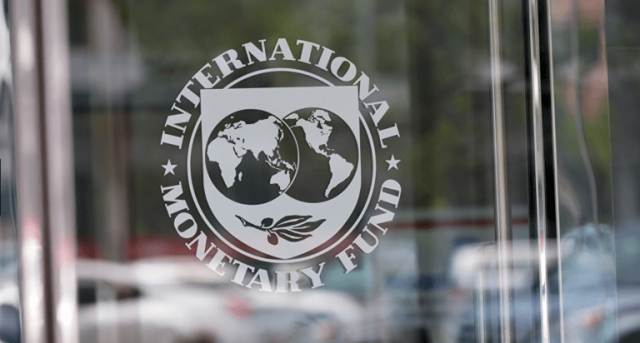The International Monetary Fund has revised Nigeria’s economic growth forecast 2025 to 3.4 per cent, up 0.4 percentage points from its April 2025 projection.
This is according to the Fund’s July World Economic Outlook Update released today.
Growth is expected to slow slightly to 3.2 per cent in 2026, which also reflects a 0.5 percentage point increase from the earlier estimate.
The IMF attributes the upward revisions to a more favourable global environment, including lower trade tariffs and improved financial conditions.
Nigeria’s performance was grouped under the sub-Saharan Africa region, where growth is projected at 4.0 per cent in 2025 and 4.3 per cent in 2026. While Nigeria’s growth outpaces that of South Africa, expected to grow by just 1.0 per cent in 2025, it still trails faster-growing economies such as Saudi Arabia (3.6 per cent) and India (6.4 per cent).
The IMF warned of downside risks for all emerging markets. These include trade policy disruptions, geopolitical tensions, commodity price swings and tighter global financial conditions, any of which could affect oil-reliant economies like Nigeria.
Meanwhile, Nigeria has retained its position as Africa’s fourth-largest economy despite a recent rebasing exercise that expanded the scope of its gross domestic product.
According to the National Bureau of Statistics, the country’s GDP rose to N372.8 trillion ($243 billion) in 2024, up from N314.02 trillion in the previous year. The increase reflects a broader inclusion of informal economic activity in official estimates.
Global growth is expected to reach 3.0 per cent in 2025 and 3.1 per cent in 2026, both figures slightly higher than the April 2025 forecast.
“Global growth is projected at 3.0% for 2025 and 3.1% in 2026. The forecast for 2025 is 0.2 percentage point higher than that in the reference forecast of the April 2025 World Economic Outlook (WEO) and 0.1 percentage point higher for 2026.
READ ALSO: 92 MDAs yet to establish anti-corruption units – ICPC
“This reflects stronger-than-expected front-loading in anticipation of higher tariffs; lower average effective US tariff rates than announced in April; an improvement in financial conditions, including due to a weaker US dollar; and fiscal expansion in some major jurisdictions. Global headline inflation is expected to fall to 4.2% in 2025 and 3.6% in 2026, a path similar to the one projected in April.
“The overall picture hides notable cross-country differences, with forecasts predicting inflation will remain above target in the United States and be more subdued in other large economies.”
The Fund said the improved global outlook was due to easing inflationary pressures and stronger activity in key emerging markets.
Although Nigeria’s growth forecast has improved, it remains below the regional average and depends heavily on both domestic policy management and external stability.









